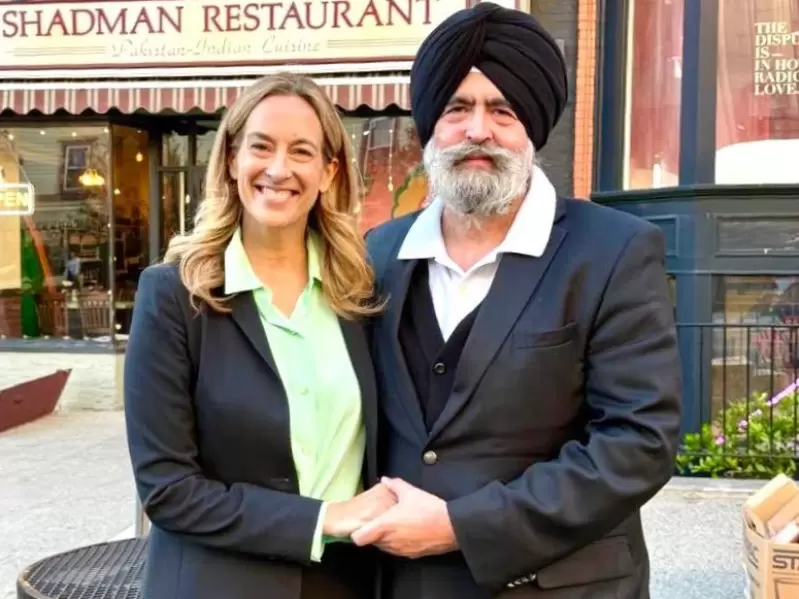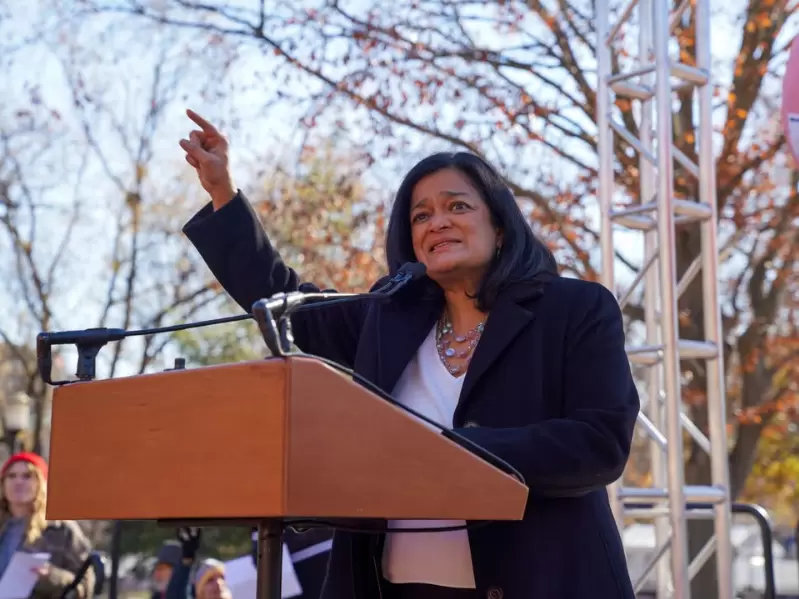Health equity goes beyond access to care: Decoding California DHCS roadmap
Over the last decade, the California Department of Health Care Services has made substantial investments to eliminate health disparities by transforming Medi-Cal.
 Representative Image. / iStock photo
Representative Image. / iStock photo
The Medi-Cal health coverage is available to all income eligible people in California, regardless of age or immigration status. Although California reached its lowest uninsured rate in 2022, access barriers to health care still remain for many Californians. To bridge these gaps, adequate funding is essential, said panelists at the Ethnic Media Services briefing on June.18.
“At its core, health equity is based on a simple premise: who you are and where you live should not determine whether you live or how well you live,” said Dr Pamela Riley, Chief Health Equity Officer and Assistant Deputy Director, Quality and Population Health Management, Department of Health Care Services (DHCS).
“Everyone, regardless of race, ethnicity, where you live, age, gender, language, sexuality, income, and citizenship, has a right to compassionate and comprehensive care that meets their physical and behavioral health needs,” she said.
These access gaps result in health disparities as underserved people, particularly low-income individuals and people of color, experience higher rates of illness and death.
Access to care is patchy
Access to care is notoriously patchy for many Medi-Cal patients, in part because low payment rates discourage providers from seeing them. Joel Ramirez, chief medical officer of Camarena Health, a chain of over 20 community clinics based in Madera, said to the Sacramento Bee, “Higher rates would allow for more providers.”
The program has a budget of about $157 billion, including recent expansions to cover all immigrants regardless of legal status and a $12 billion experiment to offer socioeconomic supports not traditionally covered by health insurance.
“Community supports such as home modifications, healthy meals, housing supports and rides to and from doctors’ appointments are social drivers of health,” said Riley at the briefing.
 Dr Pamela Riley, Chief Health Equity Officer, and Panelist Debbie Toth, President and CEO, Choice in Aging. / Commonwealth Fund and Justice in Aging
Dr Pamela Riley, Chief Health Equity Officer, and Panelist Debbie Toth, President and CEO, Choice in Aging. / Commonwealth Fund and Justice in AgingDHCS health equity roadmap
To bridge gaps and access to these services, DHCS leaders went on a statewide tour to listen to Medi-Cal members who have experienced health inequity firsthand. These 11 listening sessions hosted by community-based organizations were the first phase of the DHCS Health Equity Roadmap, which is a new multi-year initiative to make Medi-Cal more member driven.
The roadmap will be prepared in collaboration with Medi-Cal members, caregivers, advocacy groups, and community-based organizations. It will be developed, said Riley at the briefing, in three phases. In the co-design phase, member feedback is going to be incorporated into the medical transformation process. The health equity roadmap will be the third phase to a more equitable Medi-Cal system.
“Our most critical piece is funding this work. The will is there, the policy is there, humility is there but you cannot do this without adequate funding,” said Debbie Toth, President and CEO, Choice in Aging. Toth helps develop and provide leadership for community-based social and health solutions.
Using ballot to address California’s health care crisis
The California senate and assembly passed a new budget on June.13, largely following Governor Newsom’s wishes, that canceled the planned Medi-Cal increases in 2025, proposing to divert the monies to reduce the state’s $45 billion budget deficit.
The healthcare industry is hoping the governor will not sign off on it. They want the monies from the tax on managed-care health plans (MCO) to be given to Medi-Cal.
The Coalition to Protect Access to Care is supporting a measure on the November 2024 ballot to address California’s health care crisis. They want existing healthcare taxes to be used to provide funds to keep hospitals, clinics and doctors’ offices open, and expand access to healthcare – without raising taxes. As hospitals, clinics and maternity wards close across California, the measure ensures that they do not close for paucity of funds.
The measure will place a cap on how much politicians can raise taxes on health insurance, requiring 99 percent of existing healthcare taxes to go to patient care and ensuring administrative expenses are limited to 1 percent.
The deadline to withdraw the ballot initiative is June.27. An agreement between the government and the coalition, made up largely of healthcare providers, must be hammered out before the deadline. Otherwise the measure goes on the ballot in November and the people will decide to fund the Medi-Cal transformation.
ADVERTISEMENT
ADVERTISEMENT
E Paper
Video



 Ritu Marwah
Ritu Marwah 












Comments
Start the conversation
Become a member of New India Abroad to start commenting.
Sign Up Now
Already have an account? Login